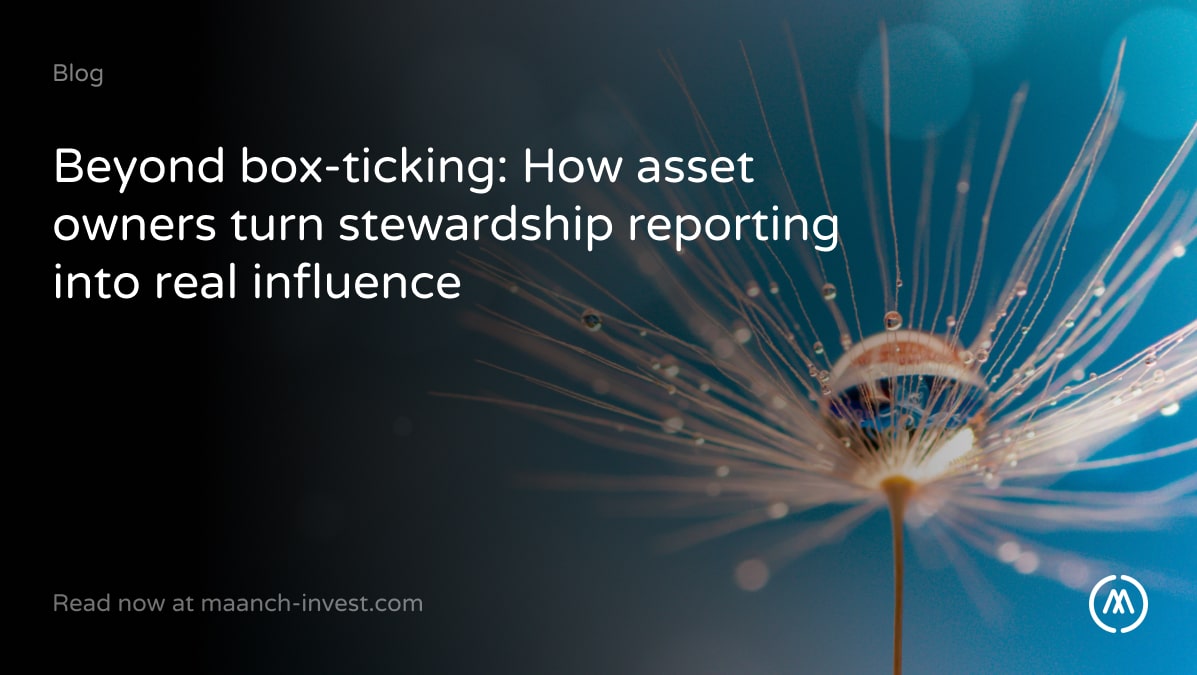In our last blog, we gave an introduction to what net zero is, why it matters to numerous countries and governments, and how net zero goals can be used in companies’ ESG strategies.
This article develops on that last point. A growing number of investors and companies are disclosing their ESG reporting as part of sustainability measures – yet how many of them prioritise reaching net zero goals – and should they?
Why Companies Are Focusing On Net Zero
According to the UN, there are over 1,200 companies across the world that are committed to reaching net zero through science-based targets. There are of course thousands more companies pledging to reach net zero, yet as South Pole concludes in its report, a large bulk of them lacked science-based targets.
Nevertheless, the growing focus on net zero as a business incentive is undeniable. Here are just some of the many benefits of committing to net zero for companies:
- Attracting investment opportunities
Investors, especially those using ESG metrics, look to invest in companies that prioritise sustainability issues. Not only do they consider companies’ KPIs and ESG performance, but also their resilience as a business.
- Increasing efficiency
In the long run, reaching net zero is more than just an environmental mission – it’s also a way to make a profit. Reductions in energy use, materials and emissions in general tend to make companies run more smoothly and efficiently, and as a result lowering operating costs.
- Positive brand image
Net zero and sustainability concerns at large are so ingrained in the public and legal consciousness, that to not make net zero a priority will backlash. A detailed 2022 report by Deloitte shows how consumers are adopting a more sustainable lifestyle, and so will only interact with companies that align with their practices and values.
Why Does Net Zero Help With ESG?
ESG investing is undoubtedly gaining momentum in 2022 despite the barrage of greenwashing that comes along with it. In fact, according to a new report by Bloomberg Intelligence suggests that Global ESG assets could surpass $41 trillion by 2022, going beyond 2021 global ESG assets of $35 trillion. Despite the challenges of greenwashing that the report goes on to say, more and more investments have gone into net zero initiatives, and for good reason.
Investors need a framework by which they can achieve net zero commitments. An example of such a framework is IIGCC Net Zero Investment Framework (NZIF), which publishes guides on how investors can best achieve net zero global emissions.
Some of the guide’s recommendations are the following:
- Net zero stewardship
Investors should focus on creating a clear-cut net zero engagement strategy that includes targets and milestones. Moreover, the worst performing companies within a portfolio that emit large amounts of carbon should be scrutinised more.
- Investing in transition-leaders
Investors should have a forward-thinking approach when it comes to decarbonising transition strategies. Moving beyond measuring carbon footprints, investors should use further metrics, including a company’s exposure to fossil fuel reserves and aggregate management indicators score.
- Allocating capital to climate solutions
Investors should look for ways to contribute to global decarbonisation. As a result, investing in energy-efficient technology and renewable infrastructure are just some examples of net zero solutions that investors could take.
How to Improve your ESG Strategy
With all the guides and recommendations for investors on how to reach net zero, there still remains a problem – that of lacking a cohesive and robust ESG strategy.
Asset managers such as NN Investment Partners are tackling the challenges head-on by onboarding an ESG strategy that incorporates reaching net zero. As such, 91% of its assets under management (AUM) are now integrated, aiding in 4.6 million tonnes of CO2 reductions.
As a result, NN IP’s Chief Sustainability Officer, Adrie Hensbroek is optimistic in how companies are onboarding net zero targets: “Many of the oil companies now set net zero plans, including proposals to offset emissions by investing in renewable energies, planting trees or using carbon-capture technologies.”
There is no doubt that achieving net zero targets is part and parcel of a holistic ESG strategy – yet what solutions enable companies and investors to truly reach their ESG strategy potential?
Maanch offers technology and advisory solutions for asset managers, companies and investors. The solutions are varied – from helping with Impact reports and Net Zero Transition all the way to providing companies with an ESG & Sustainability Strategy.
Contact us here to effectively reach your net zero targets.



